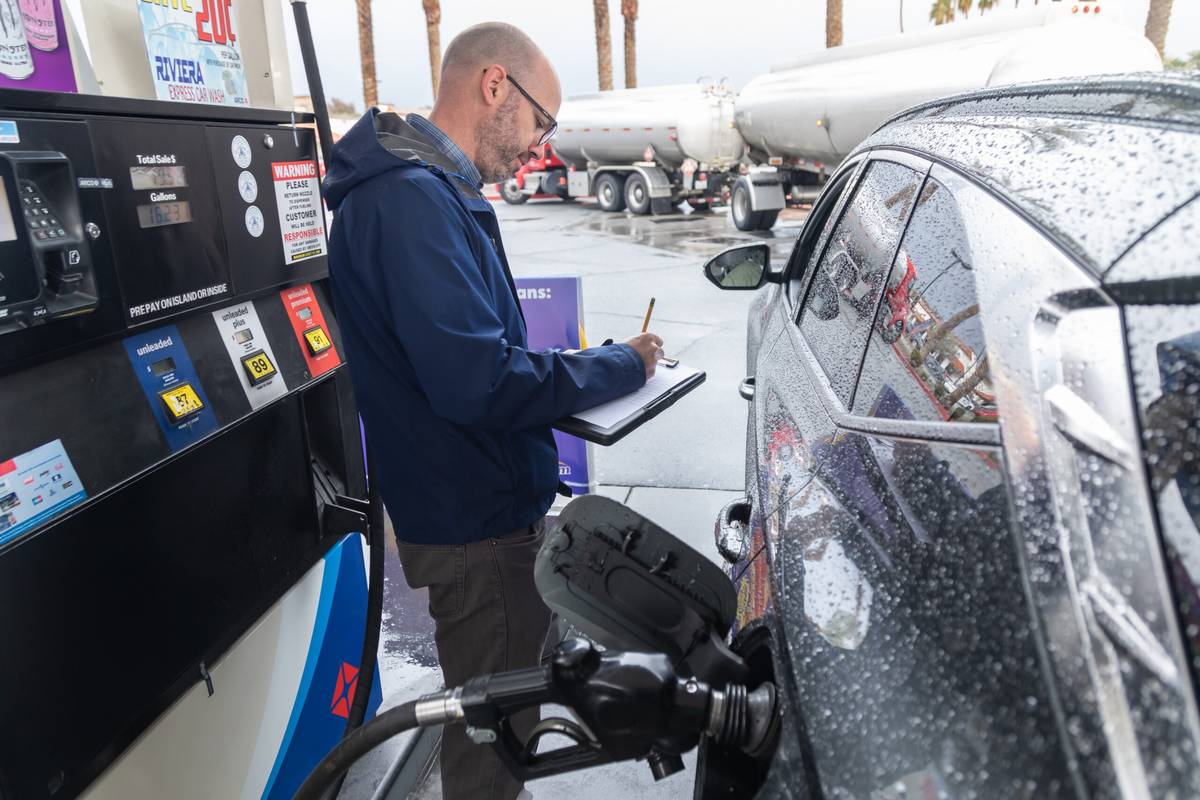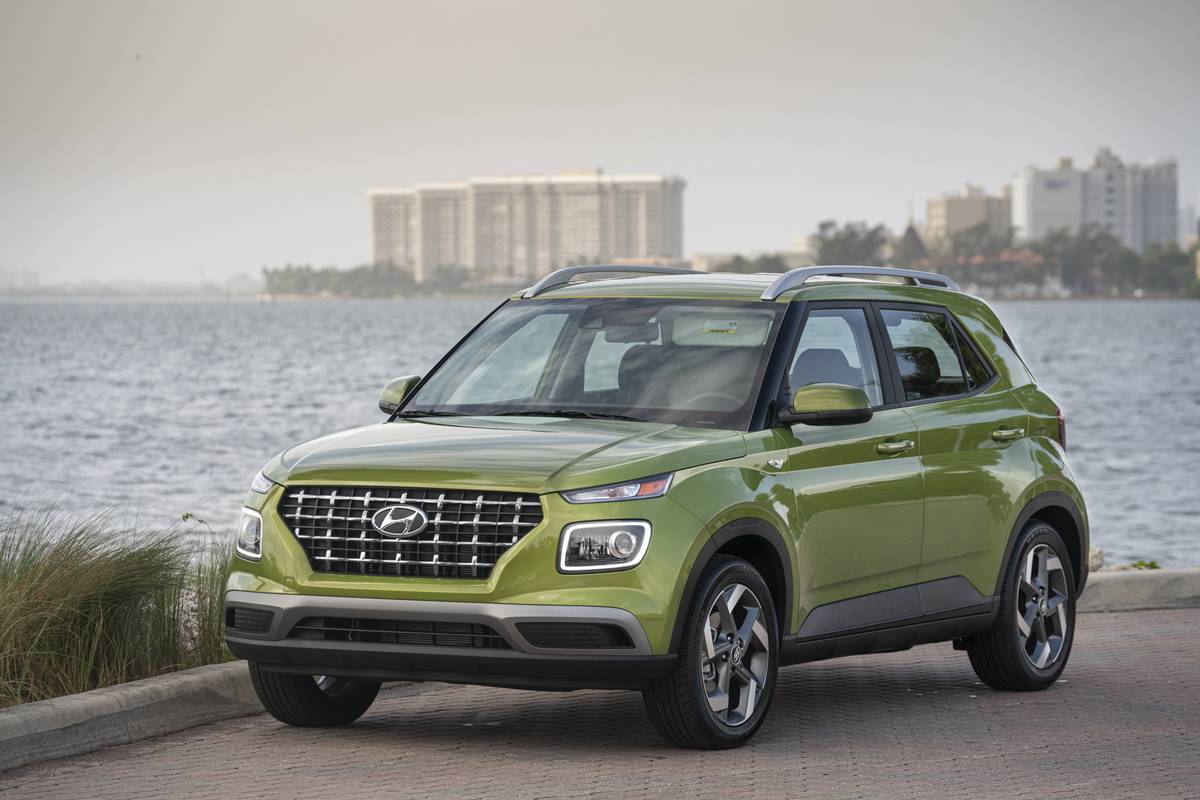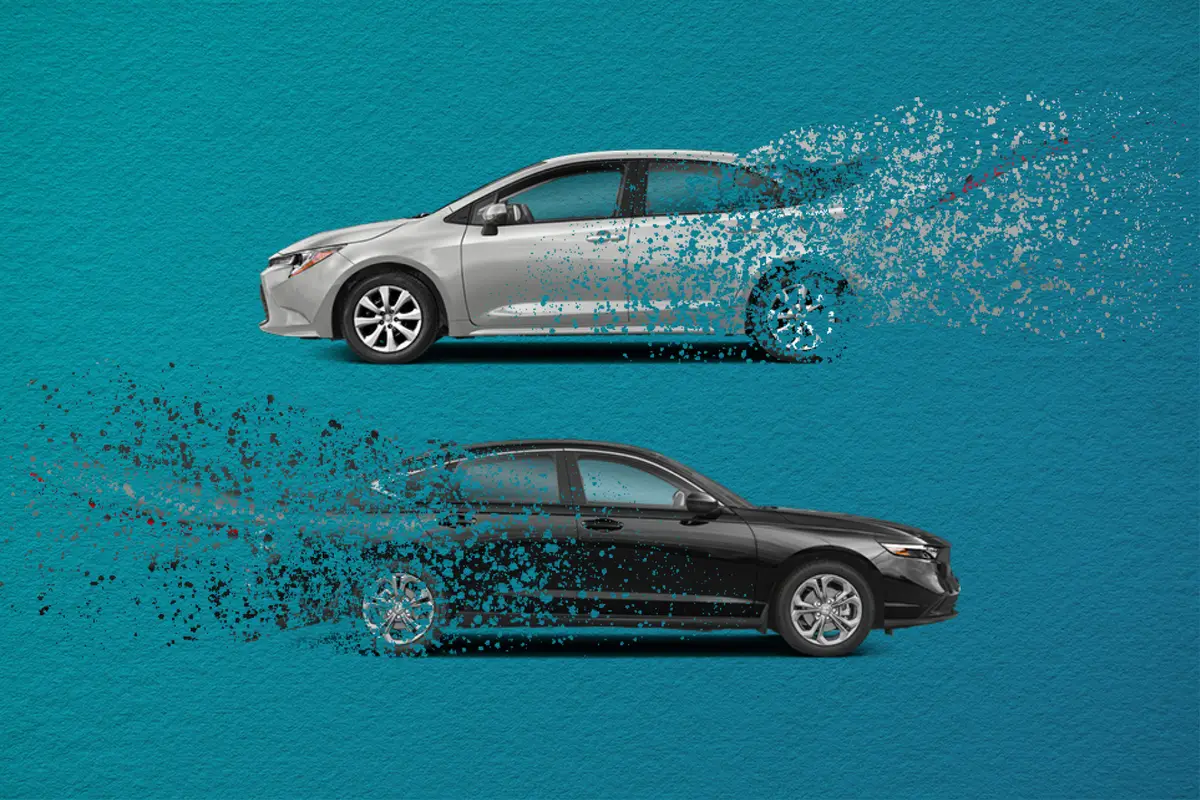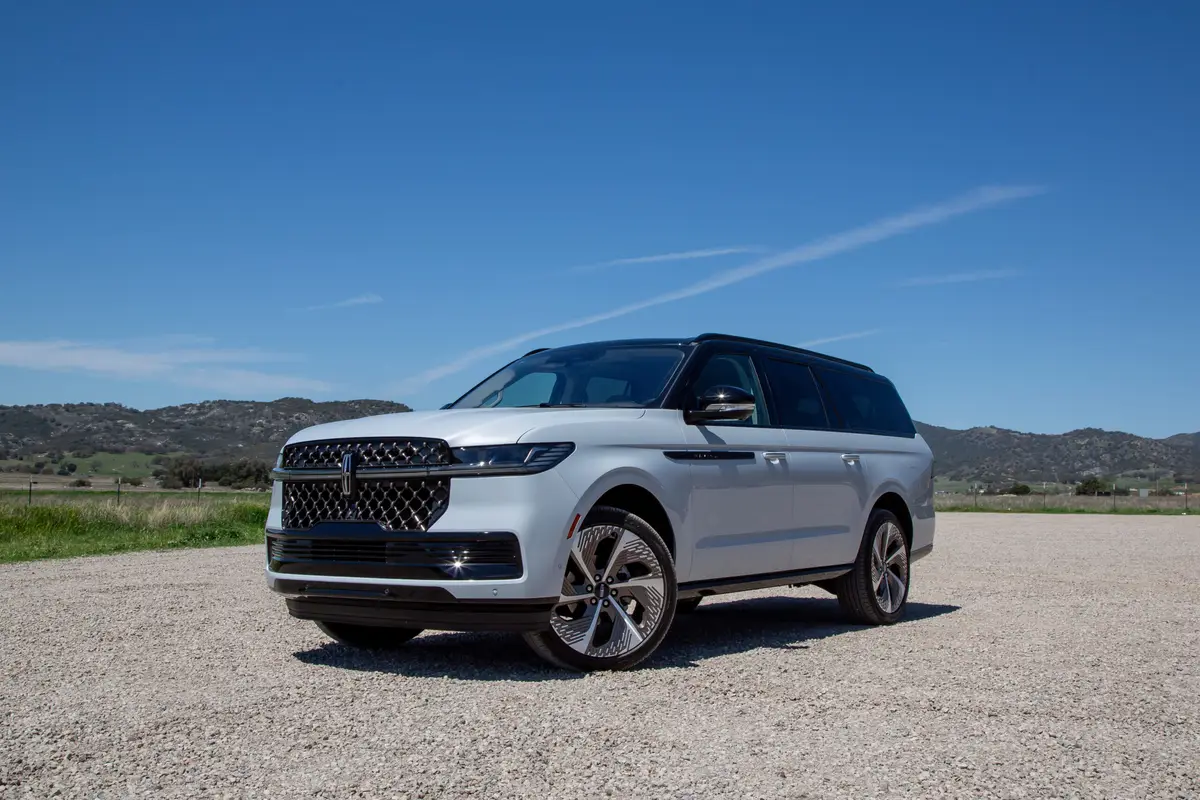How We Found the Best Compact SUV of 2023


Our expert judges spend a week comparing vehicles in the best way anyone can evaluate competitors: back to back. Judges take each car on identical routes to uncover the little idiosyncrasies that can sometimes determine the difference between a winner and a loser.
2023 Compact SUV Challenge
Results | Winner | How We Tested
Our judges’ opinions account for a large portion of determining a contestant’s score, but depending on the class, we also include objective scoring in the form of car-seat fitment, cargo room, safety features, driver-assist technology and as-tested value. Below is how we scored contenders in our 2023 Compact SUV Challenge. Each vehicle is evaluated as equipped and priced; our results cannot represent model lineups as a whole.
Subjective Scoring Categories
Front Seats
Legroom, headroom and knee room are all considered when determining front-seat comfort, as is whether the cushioning is comfortable and if the seat can be adjusted appropriately.
Rear Seats
Along with dimensions, rear-seat comfort is determined by cushioning, support and whether there’s a large center floor hump that could crowd foot room, as well as whether it’s easy to get in and out of.
Vehicle User Interface
This category covers the many ways a driver controls the vehicle beyond the steering wheel and pedals. What we used to call a “multimedia” system now frequently takes on some responsibility for controlling vehicle features that have nothing to do with audio and smartphones, so we’re avoiding categorizing the touchscreen that way. Judges consider ease of use for all controls — how logically grouped, visible and reachable they are. They also scrutinize the usability of touchscreens, navigation, head-up displays and virtual gauges, considering display quality, responsiveness, supporting controls, and how drivers configure and interact with these various systems — be it buttons on the steering wheel, dashboard or center console, or via voice control.
Interior Quality
Interior quality considerations include whether the vehicle seems appropriately appointed, rating the appearance and feel of the surfaces and overall craftsmanship. Judges note if the materials are well made and authentic or a cheap imitation. Another consideration is whether the quality drops from the front to rear seats.
In-Cabin Storage
As the size of our smartphones and other mobile devices grow, it’s important to have the space to accommodate them. We evaluate those and other storage options in the cabin, including open and covered storage, and if there are enough cupholders, door pockets, seatback pockets, a sunglasses holder and other storage areas where occupants sit.
Visibility
Considerations for visibility include whether roof pillars or low roofs obstruct forward visibility, as well as if there are large blind spots to the side or rear. We look for features that can improve visibility, such as large side mirrors and rear head restraints that flip down. We consider backup-camera quality, but features like 360-degree views and moving guidelines are considered in our safety feature scoring.
Powertrain
The powertrain score always reflects how well the engine and transmission work together. Judges look for whether there’s enough acceleration from a stop or for passing, if the transmission upshifts smoothly or downshifts without too much delay, and if the engine is smooth and refined or rough and unsophisticated. Challenge judges also gauge each contestant’s acceleration versus the others.
Braking
Though we performed no formal stopping-distance tests, judges rate how strong and confidence-inspiring the brakes feel, how much pedal pressure is required and the linearity of the braking force. Vehicles with mushy pedal feel or braking that’s hard to modulate are scored lower.
Ride Quality
Considerations for ride quality include how it contributes to the vehicle’s comfort level. Judges evaluate whether the ride is too firm, too soft, if it feels controlled over bumps and if it’s stable on rough roads.
Handling
Judges drive the SUVs on the same route to see how well each one corners, determining if it rolls (i.e., leans) as well as whether it feels planted and confident or uneasy, requiring too much effort to drive cleanly through a corner. Steering and all-wheel-drive execution also play a part.
Quietness
Judges gauge how much wind, tire, engine and external noise enter the cabin during all circumstances, including highway driving and acceleration.
Objective Scoring Categories
Safety Features
The safety component is scored by the number and complexity of safety features on the test vehicle. These include forward collision warning, forward automatic emergency braking (low versus high speed), reverse automatic emergency braking, lane departure warning (with steering or braking assist), blind spot warning, dynamic lines for the backup camera, 360-degree camera systems, a head-up display, rear cross-traffic detection, parking sensors, automatic high beams and adaptive, pivoting headlights.
Driver-Assist Tech
It’s now the norm to have driver-assist technology available in even the most affordable modern cars. We give up to 15 points for lane-centering steering, with separate points awarded for low- and high-speed operation. Adaptive cruise control points increase when there’s low- and high-speed operation, as well as if the SUV can hold itself at a complete stop (some brakes release after a short time versus holding the car indefinitely).
Cargo Volume
We’ve reported how provided cargo specs can lie, so when judging cargo room, we conduct our own measurements. The SUV with the largest cargo area gets the maximum 30 points, with the other SUVs in the test awarded proportionate whole-number points based on the size of their cargo area.
Child-Safety Seats
Cars.com’s staff includes certified car-seat installers who test the fitment of various child-safety seats in our test cars. You can find more information on how we install and test child-safety seats in our Car Seat Check section.
Real-World Fuel Economy
In order to see what type of gas mileage these SUVs get in the real world, we took them on an approximately 330-mile drive route to simulate a highway road trip. We attempted to minimize variables by rotating drivers through each SUV, keeping vehicle settings consistent and refueling at the same pump. Cited gas mileage is the average of the trip-computer and pump-calculated numbers at the end of the route. The most efficient SUV gets the maximum 30 points, with the other SUVs awarded proportionate whole-number points based on their fuel economy.
As-Tested Value
The as-tested value score is worth 60 points — up to 30 points for features and another 30 points based on the SUV’s as-tested price. The two numbers are then added together for the score.
Comfort and convenience features we look for include Apple CarPlay and Android Auto connectivity, whether wired or wireless; wireless device charging; the number and location of USB ports; moonroof type; heated and ventilated seats; steering-wheel heating; multizone climate control; remote start; a sliding rear-seat; second-row sunshades; cargo-area seat-folding releases; liftgate operation; and the extent of bumper-to-bumper and powertrain warranties.
For the price component of the score, the least expensive SUV gets the maximum 30 points, with the other SUVs awarded proportionate whole-number points based on their price.
More From Cars.com:
- More Multicar Comparisons
- What’s the Best Compact SUV of 2021?
- What’s New With SUVs for 2023?
- Here Are the 10 Cheapest New SUVs You Can Buy Right Now
- Research SUVs
Related Video:
Cars.com’s Editorial department is your source for automotive news and reviews. In line with Cars.com’s long-standing ethics policy, editors and reviewers don’t accept gifts or free trips from automakers. The Editorial department is independent of Cars.com’s advertising, sales and sponsored content departments.

Managing Editor Joe Bruzek’s 22 years of automotive experience doesn’t count the lifelong obsession that started as a kid admiring his dad’s 1964 Chevrolet Corvette — and continues to this day. Joe’s been an automotive journalist with Cars.com for 16 years, writing shopper-focused car reviews, news and research content. As Managing Editor, one of his favorite areas of focus is helping shoppers understand electric cars and how to determine whether going electric is right for them. In his free time, Joe maintains a love-hate relationship with his 1998 Pontiac Firebird Trans Am that he wishes would fix itself. LinkedIn: https://www.linkedin.com/in/joe-bruzek-2699b41b/
Featured stories



2025 Lincoln Navigator Review: Elephantine Elegance

